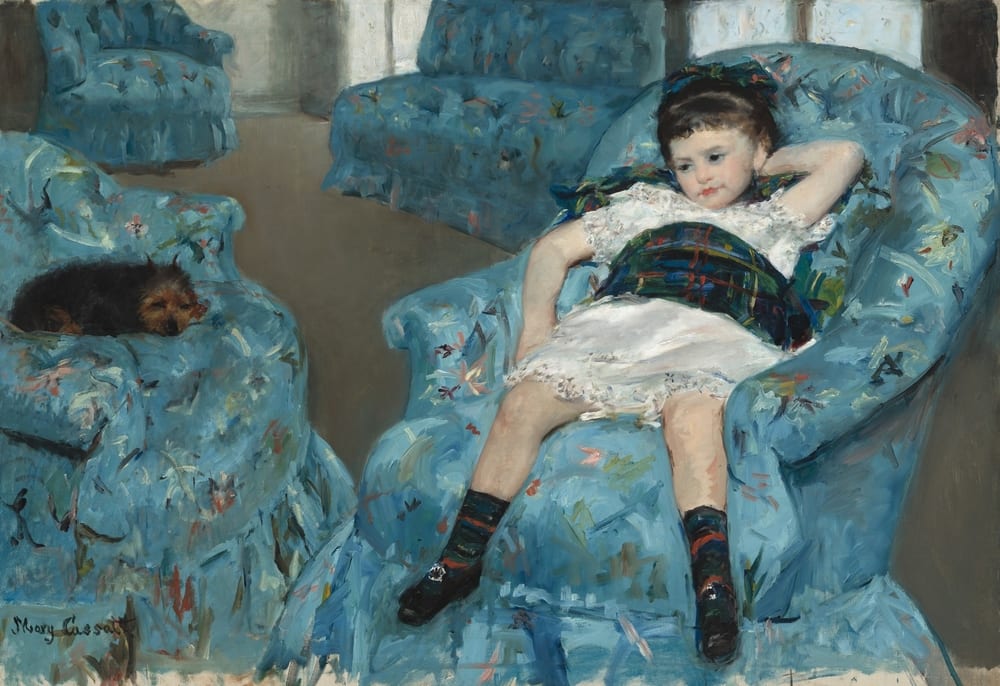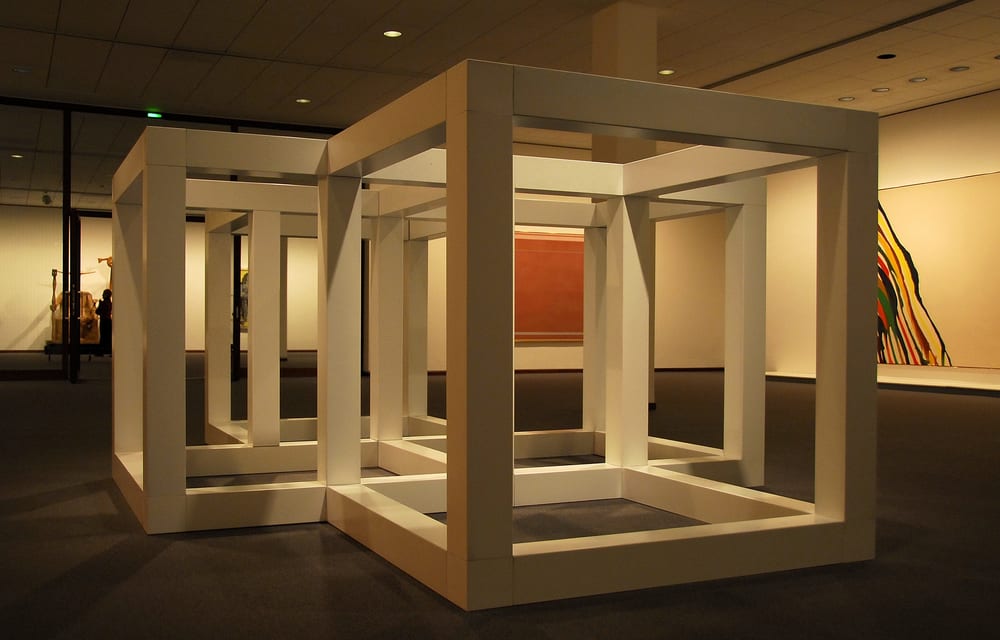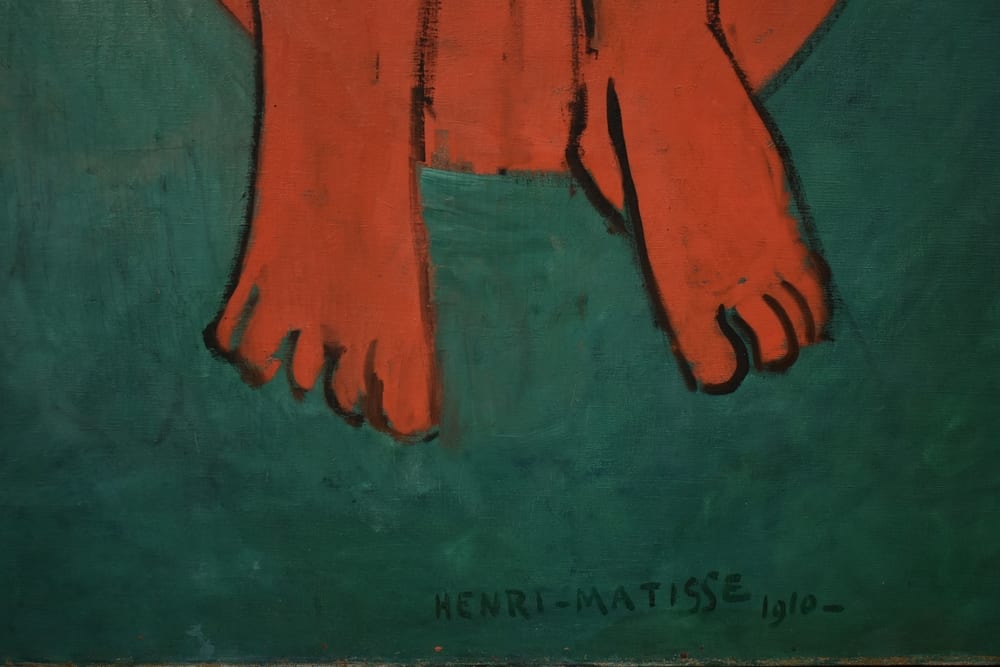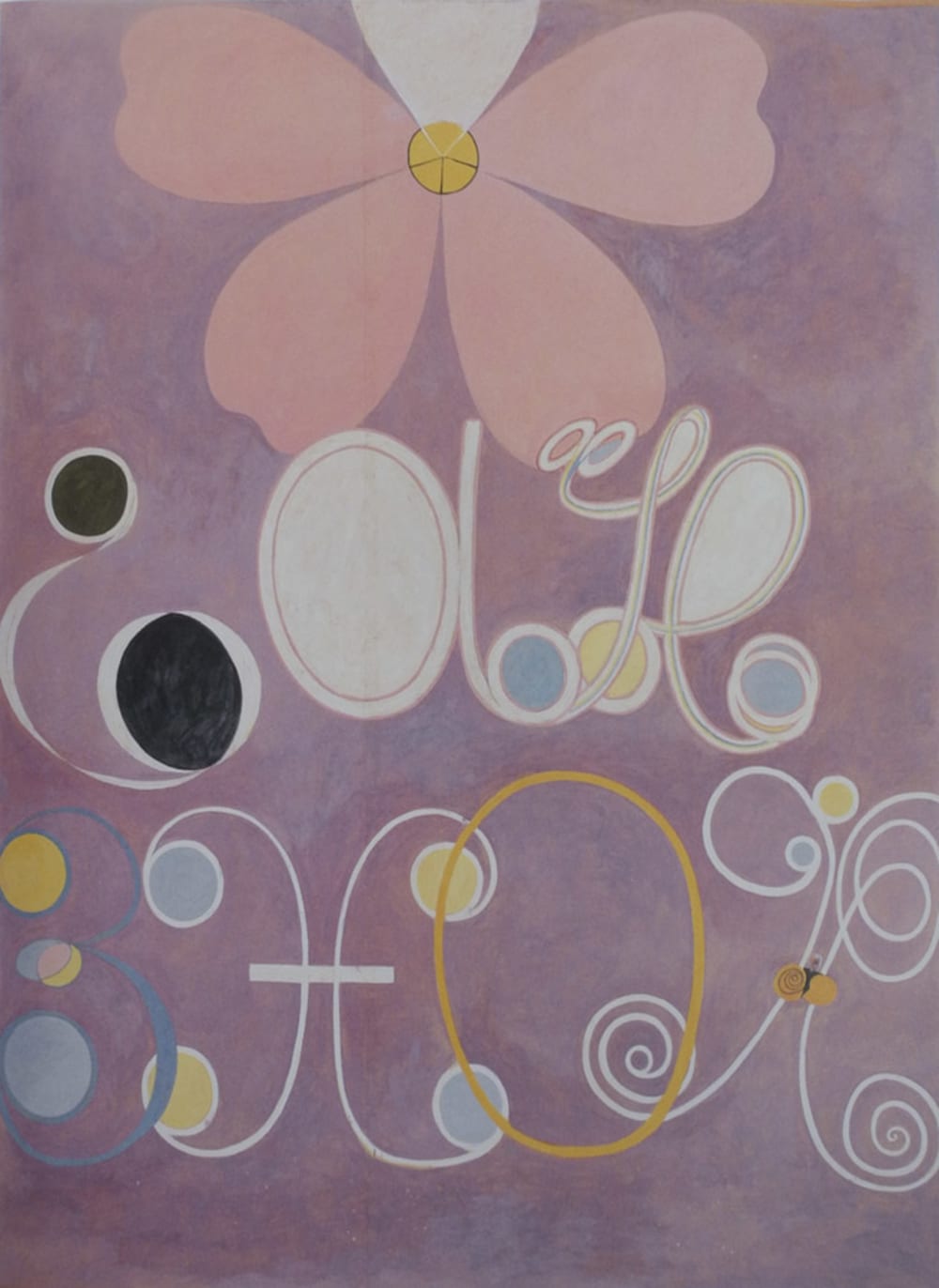Starting an art collection can be a daunting task. The common belief is that art collections must consist of famous names and old masters such as Frida Kahlo, Georgia O’Keeffe, or Mary Cassatt. In reality, developing an art collection is as easy and inexpensive as you want it to be; all you really need is $50 and access to the internet.

Mary Cassatt, Little Girl in a Blue Armchair, 1878, oil on canvas, 35 1/4 x 51 1/8 inches.
Budget Your Collection
The best place to begin when buying a work of art is to determine your price range; there is no worse feeling than when you fall in love with a piece only to discover it’s $5,000 over budget. Whether you’re searching for a work of art to buy with spare change or a life-long investment piece, creating set price parameters will make starting an art collection considerably more pleasant.
Selecting the Best Art
The next step you should take is to make two decisions: 1.) What type, or medium, of art do you want? and 2.) What style of art do you want? It is very difficult to separate these two decisions as they so heavily influence one another. If, for example, you want to buy a minimalist work of art, I would recommend looking into sculpture. Minimalism has a rich tradition of creating its own “atmosphere” (or as the kids might say, “vibe”) by abstracting physical space.

Sol LeWitt, Modular Cube, 1979, Neue Nationalgalerie. Photograph by Rino Porrovecchio, wikimedia.org.
Sol Lewitt, often considered the originator of minimalist art, was known for utilizing not only physical form, but the absence of physical form as well. Shadows, for example, play an incredibly important role in minimalism and it is difficult to create a shadow with a paper-based work of art.
Research, Research, Research
This explanation of why you might want to choose one medium over another leads us to our third and most important step: research. Research is a fairly significant part of developing an art collection for several reasons. It allows buyers to determine which sellers are honest and reliable; collectors to know the story behind the piece they purchase; and potential purchasers to learn more about the world of collecting art. You wouldn’t want to accidentally purchase from the likes of John Myatt, for example; an art dealer who successfully peddled over 200 forgeries of notable works by famous artists such as Matisse and Le Corbusier.

Detail of Music, Henri Matisse, 1910, The Hermitage Museum. Photo by @Mary_Rodideal on Unsplash.com.
Ideally, research would be a key component of your purchasing process from start to finish but unfortunately the average person does not have infinite hours in a day. If you’re ready to make a considerable investment in your art collection, it may be prudent to hire an art consultant whose job will be to conduct this research on your behalf. If; however, you’re ready to dive into the bottomless abyss of the internet in search of information, there are three components you should focus your research on.
And More Research
While these components may vary from medium to medium and style to style, generally, the three things you should look for are as follows: 1.) At what point in the artist’s career was this work created? 2.) What show(s) or museum(s) has this artist been in and what pieces were exhibited? Is there a style that seems more popular in exhibition spaces? 3.) Has this artist sold any other work and, if so, what was the pricing?

Hilma af Klint, The Ten Largest, No. 5, 1907, The Guggenheim. Photo courtesy of Wikimedia.org.
In addition to these research questions, it’s important to ask the artist, gallery, museum, or collector you’re purchasing from to provide a Certificate of Authenticity. If you’re looking into a more well-known artist, it’s best to view the certificate prior to purchase; if you’re searching for amateur or up-and-coming artists, simply ask the artist or gallery to provide a Certificate of Authenticity with your purchase.
Social Media & Art Collections
Believe it or not, one of the most popular venues for researching and purchasing contemporary works of art is Instagram. The platform encourages direct discussions between artist and buyer, allowing each party in the transaction to honestly voice their expectations. Email and written letter are also great forms of communication; while a phone call may seem like the simple option, it’s best practice to maintain some sort of retrievable conversation for your records.
View this post on Instagram
Anyone Can Be a Collector
If, after reading this article, you still feel overwhelmed at the idea of starting your own art collection, just remember that it all starts with one piece. You don’t need to purchase ten works by ten different artists in order to be considered a collector; all you need is a knack for research and an eye for design. And if you aren’t quite ready to commit to building your own art collection, Loupe, the world’s first streaming e-gallery, allows you to create a museum in your very own living room.
Written by Abby Coté

